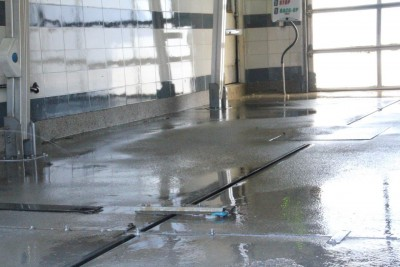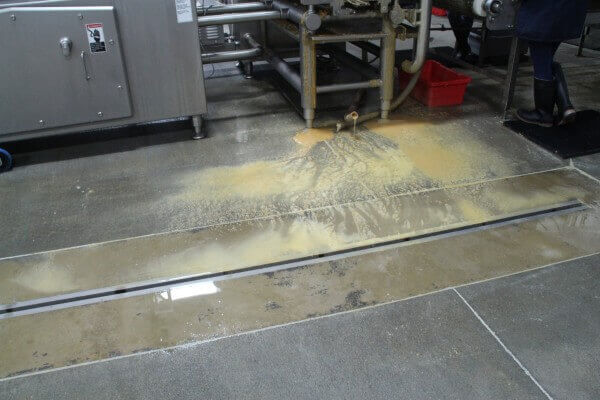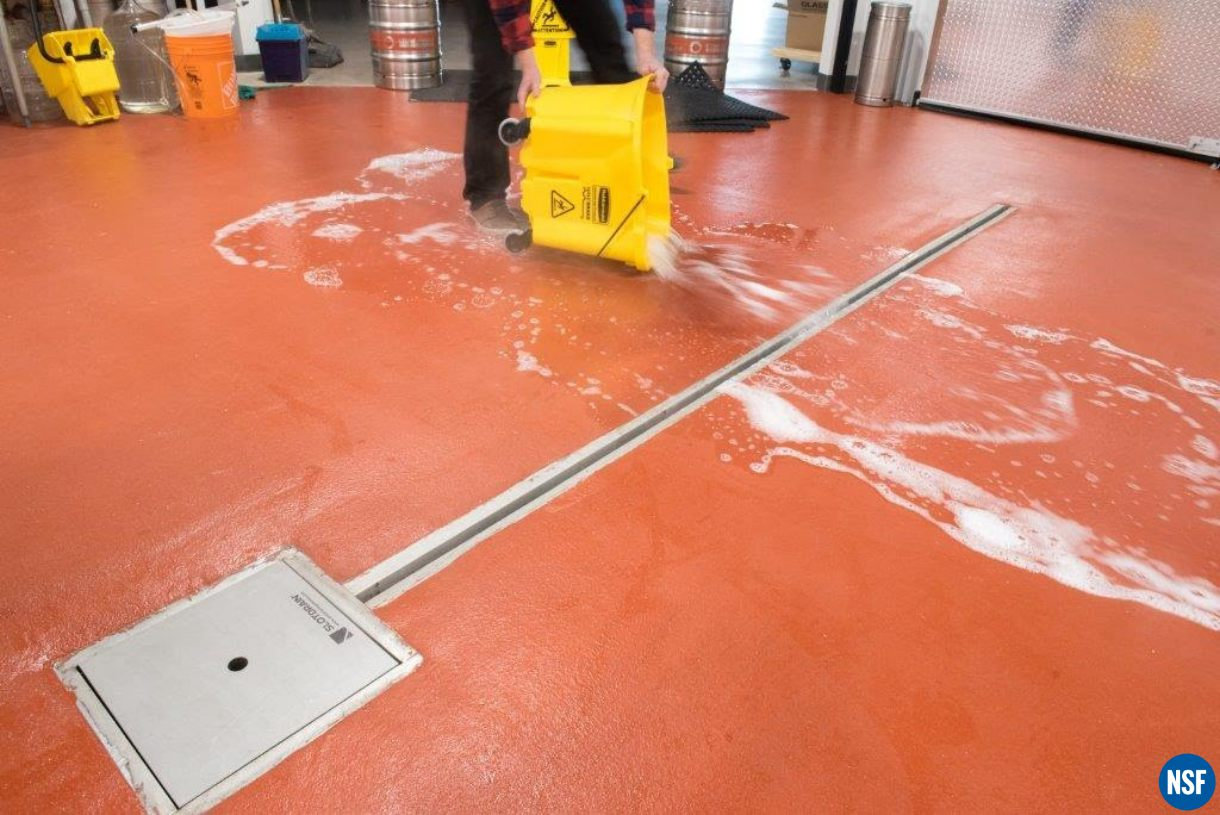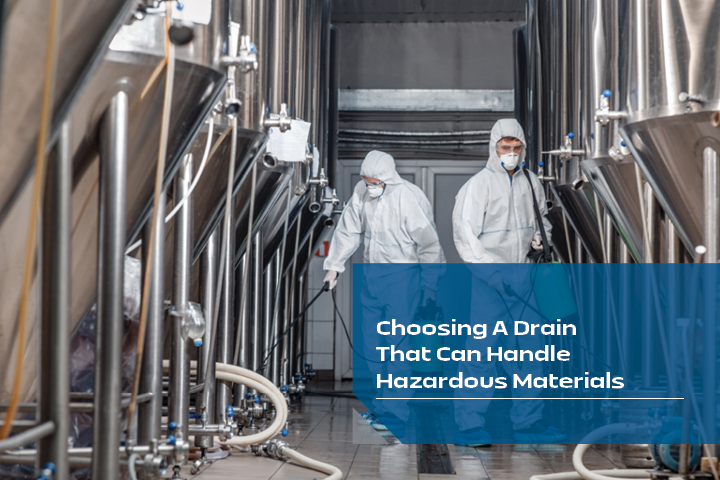No matter the workplace, messes are inevitable, but the types of messes can vary greatly. While some can be small and harmless, others can be serious and involve more hazardous materials. These are materials that need to be handled with care. Here is what you should know about hazardous materials and how to drain hazardous liquids/materials:
What Are Hazardous Materials?

Hazardous materials are defined by the Environmental Protection Agency (EPA) as materials with specific properties that can harm human health or the environment. These materials can be biological, chemical, radiological, or physical. They are generated from a variety of sources and come in different forms, including solids, gasses, sludge, and liquids. Different materials have different classifications based on their various risk factors, and these classifications affect how you dispose of them.
Hazardous materials are not only defined but regulated primarily by the EPA. Proper disposal of these materials is essential for the protection of human, environmental, and natural safety.
5 Common Hazardous Materials and Liquids
Hazardous materials come in different forms, as mentioned before, and different workplaces can have different materials. Five common hazardous materials that you can find in workplaces include:
1. Hydrochloric Acid
Hydrochloric Acid (HCI) is a corrosive chemical found in many different industries and even households. It is used in the production of batteries, photoflash bulbs, fireworks, and even in the production of sugar and gelatin. It is a highly-corrosive material that can damage virtually anything it touches. When it comes in contact with skin, HCI can cause damage to skin, eyes, and mucous membranes. When inhaled, it can lead to hoarseness, coughing, respiratory issues, chest pain, and even pulmonary edema.
2. Hydrogen Chloride
Hydrogen Chloride is another common chemical found in various industries. It is used in the hydro-chlorination of rubber, for separating cotton and wool, the processing of electronics, and even the processing of certain foods. While it can be formulated and prepared in laboratories, if it comes into contact with the skin and eyes, it can burn and even lead to blindness.
3. Nitric Acid
Nitric Acid is found in the chemical and pharmaceutical industries. One of the most common uses for this acid is in the making of fertilizers. On contact with the skin, Nitric Acid can cause severe chemical burns that spread rapidly. The fumes from this acid can damage mucous membranes and lead to pulmonary edema.
4. Sulfuric Acid
Sulfuric acid is one of the most common chemicals and is present in the production of a wide range of goods. Like nitric acid, one of the common uses for sulfuric acid is for the production of fertilizers. It is also used to make other acids, synthetic detergents, dyes, pigments, explosives, drugs, and more. Like other acids, sulfuric acid can burn the skin and eyes on contact and even cause blindness. The fumes can lead to burning in the eyes as well, and respiratory distress.
5. Sodium Hydroxide
Sodium Hydroxide, also called caustic soda or lye, is another common and versatile material used in various manufacturing processes. Sodium hydroxide is found in many everyday products like paper, aluminum, soaps, detergents, and other cleaning products from home and commercial use. It is a very dangerous chemical in raw form–it can lead to nasal ulcers and irritation of the eyes, lungs, and throat. Prolonged exposure can lead to blindness and esophageal burns.
How to Drain Hazardous Liquids/Materials

The disposal of hazardous materials is something that needs to be handled with the utmost care. Certain materials require professional disposal due to the extremely hazardous nature of the material in question.

When it comes to how to drain hazardous liquids/materials, you need to practice extreme care. Before putting any chemicals or hazardous waste down the drain, you need to make sure they are allowed to be disposed of in that manner. Any chemicals will need to be neutralized prior to disposal, to ensure they cannot cause harm. You also need to ensure that your drain channel will not lead to a public sewage line, where it can lead to contamination and other serious issues.

It is also vital to ensure that your drainage system can handle the different hazardous materials it may face, either for disposal or in case of spills. Slot Drain is a low-profile, grateless trench drain system that can work for a wide range of industries. They offer a stainless-steel drain channel, which is corrosion-resistant, making it able to withstand the corrosiveness of various chemicals and materials. Slot Drain's design also makes it capable of withstanding heavy loads up to Load Class F, making it ideal for industrial facilities.

The pre-assembled, pre-sloped design of Slot Drain also ensures that any chemical spills will quickly go into the drain. You can also rinse floors and equipment off, to ensure that no residue remains. Additionally, the Slot Drain system features high flow rates, allowing it to handle even larger amounts of materials safely.
Hazardous materials are everywhere you look, from households to industrial industries. Countless different materials are considered hazardous, from solids to liquids and gasses. All of them can cause serious physical harm to people and the environment when not handled properly. Knowing how to drain hazardous liquids/materials safely is critical, and Slot Drain is a reliable system that can safely help with hazardous materials.


